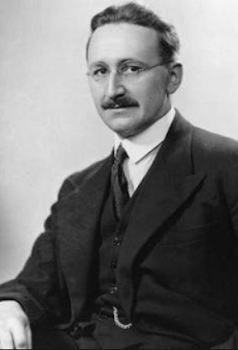The microeconomic approach shows that the belief that there is a direct relationship between aggregate spending and employment is wrong. Hayek explains that unemployment is usually concentrated in certain sectors, industries and production stages (for example, let us assume that unemployment is mainly concentrated in sectors A, B, C, D and E). For the Keynesian employment policies to be able to create new jobs in those specific sectors of the market, it would be necessary for entrepreneurs and consumers to voluntarily decide to spend the additional revenue received from these Keynesian policies in those sectors that are in crisis. However, Hayek explains that “[i]f expenditure is distributed between industries and occupations in a proportion different from that in which labour is distributed, a mere increase in expenditure need not increase employment.” Hayek thinks that it is an illusion to believe that these policies would solve the unemployment problem, as the holders of the additional money will spend their money where they consider it most appropriate and not necessarily in areas where there is unemployment (for example, they might decide to spend their money in sectors O, P, Q, R, S and T). Indeed, Hayek points out that it is very unlikely for individuals to choose to spend their money in the specific sectors that are in crisis, since these sectors are in crisis precisely because entrepreneurs and consumers are not willing to buy the output offered by these sectors at current prices.
—David Sanz and Juan Morillo, “Hayek’s Hidden Critique of The General Theory,” in “Hayek, Keynes and the Crisis: Analyses and Remedies,” ed. Carmelo Ferlito, special issue, Journal of Reviews on Global Economics 4 (2015): 216-217.

No comments:
Post a Comment